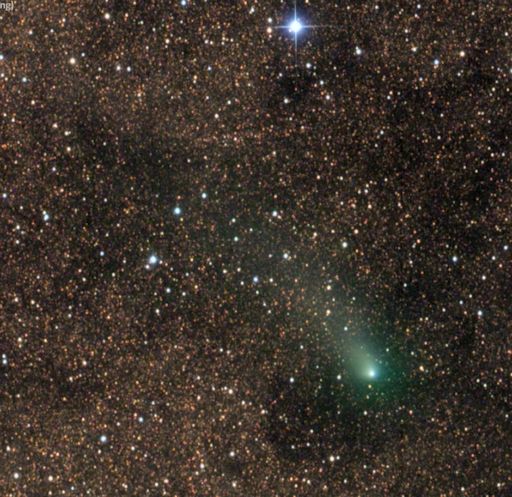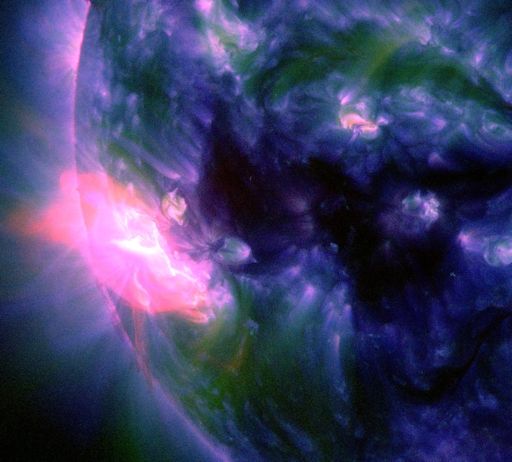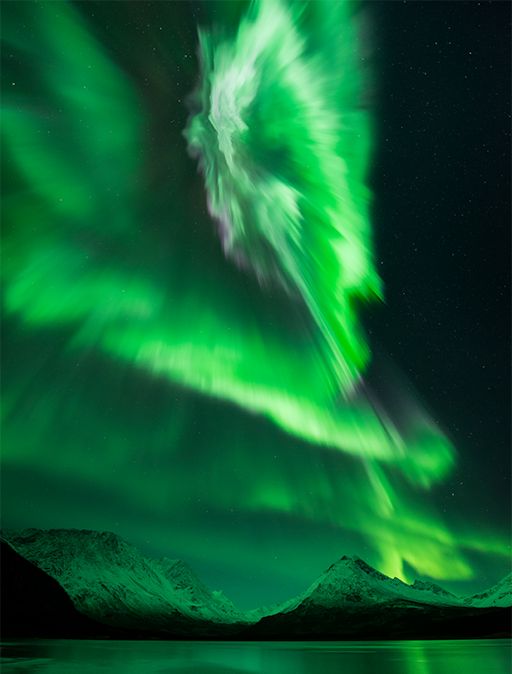More down to Earth but up in the sky, go to http://spaceweather.com October 17th looks forwards to Sunday when the green comet (below) approaches Mars in what is thought
 is thought to be a near miss encounter. Not a lot to say until something happens – if anything. Meanwhile, we have what is described as a behemoth sun spot in the making – which may instigate an increase in solar activity and play havoc with our weather. In turn, the behemoth (see also below) may affect the comet light show (if it happens).
is thought to be a near miss encounter. Not a lot to say until something happens – if anything. Meanwhile, we have what is described as a behemoth sun spot in the making – which may instigate an increase in solar activity and play havoc with our weather. In turn, the behemoth (see also below) may affect the comet light show (if it happens).
 Now that is a whopper. Today, October 18th, http://spaceweather.com informs us the sun spot exploded – but there was no massive ejection of material. However, the sun spot is still there and rotating towards an Earth facing position. At this point you might like to go to http://tallbloke.wordpress.com/2014/10/19/whoa-solar-blast-on-hitting-cu… … and this was apparently predicted. In purely doomsaying terms we are then led to believe that within 10 days there will be a massive CME comparable to the 19th century Carrington Event. Seeing is believing.
Now that is a whopper. Today, October 18th, http://spaceweather.com informs us the sun spot exploded – but there was no massive ejection of material. However, the sun spot is still there and rotating towards an Earth facing position. At this point you might like to go to http://tallbloke.wordpress.com/2014/10/19/whoa-solar-blast-on-hitting-cu… … and this was apparently predicted. In purely doomsaying terms we are then led to believe that within 10 days there will be a massive CME comparable to the 19th century Carrington Event. Seeing is believing.
Going back to http://spaceweather.com we are told the above caused some remarkable aurorae near the poles (see image below).
 … and again, what an eye full.
… and again, what an eye full.
At http://phys.org/print332748807.html … thrown into the mix we also have the Orionid meteor shower that is a relic of a passage of Comet Halley. The Orionids peak on Tuesday the 21st but they have been visible for a couple of weeks – if you were lucky. In addition, meteors from the Taurids are visible at the moment, slow moving objects across the sky. These have an origin in a swathe of dusty material that is so broad it takes the Earth four months to cross. Hence, Taurid meteors are potentially visible between September and December. On top of that we have the daytime Taurid shower, the Beta Taurids (in June and July). Such is the breadth of the Taurid stream, according to Space Weather, it contributes more dust to our planet in a normal year than all the other meteor showers combined. The progenitor is not mentioned.
